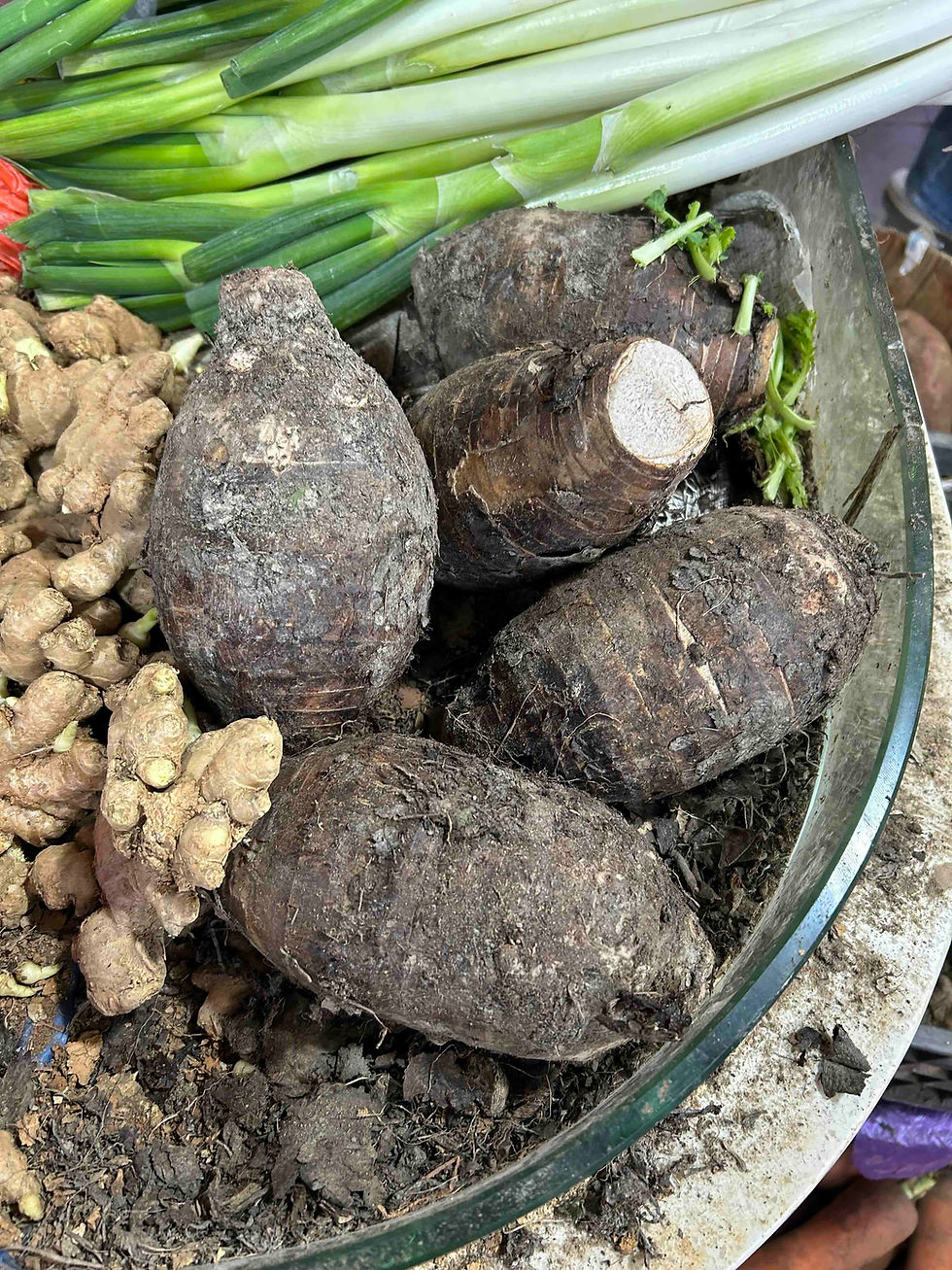梅堯臣《蛙》“Frogs” by Mei Yaochen (1002-1060)
- Rachelle

- Jul 3, 2023
- 3 min read
陂蛙怒目生, In the pond frogs, eyes glaring, emerged.
科斗亦縱横。 Tadpoles also swim about at will.
自得君王揖, [They] would get a sovereign to pay his respects,[1]
能為鼓吹聲。 And can make the sounds of woodwinds and drums.
越人嘗入饌, The Yue people once put them on dinner plates;
秦客不須驚。 The Qin visitors need not be frightened.[2]
誰解縁明月, Who knows how they attach themselves to the bright moon?[3]
徒誇兩股輕。[4] With nothing but the lightness of a good pair of legs.
* From Mei Yaochen 梅堯臣 (1002-1060), Wanling ji 宛陵集 (Wenyuange yingyin Siku quanshu文淵閣景印四庫全書 vol. 1099, Shanghai: Shanghai guji chubanshe, 1987), 48.3b: https://ctext.org/library.pl?if=en&file=2726&page=36.
[1] This alludes to a tale about Goujian 勾践 (ruling 496-465 BCE), the king of the Kingdom of Yue. In the hope of attracting fearless men to help him take his revenge on the Kingdom of Wu, he once paid his respects to a fierce-looking frog, thereby spreading the word that the king would appreciate any man with the same spirit; see Hanfeizi 韓非子: https://ctext.org/hanfeizi/nei-chu-shuo-shang (the tale appears three times in this chapter).
[2] Frogs have been part of the culinary traditions in many regions, but the custom of the Yue people is made particularly famous, probably because of the brief mention in the Baopuzi抱樸子: https://ctext.org/baopuzi/guan-li/zh. It seems that the Qin people used to put frogs on their plates too. The account of Dongfang shuo 東方朔 (160 BCE - 93 BCE) in the Hanshu 漢書 (https://ctext.org/han-shu/dong-fang-shuo-zhuan/zh), for example, is often cited in biji literature as evidence of the ancient custom of consuming frogs in Chang’an 長安, which was the centre of the Qin.
[3] This association is borrowed from the toad, for legend has it that a toad lives on the moon.
[4] Red characters rhyme.

"He wa yu xingzao" 荷蛙魚荇藻; album leaf by Aerbai 阿爾粺 (fl. 17-18th century) after Qiu Ying 仇英 (1494-1552)
Image credit: National Palace Museum, Taipei

Album leaf by Xiang Shengmo 項聖謨 (1597-1658)
Image credit: The Metropolitan Museum of Art
Copyright Declaration*:
The texts and images used on the website of Rachelle's Lab are either from the public domain (e.g. Wikipedia), databases with open data licenses (e.g. Shuhua diancang ziliao jiansuo xitong 書畫典藏資料檢索系統, National Palace Museum, Taipei), online libraries that permit reasonable use (e.g. ctext.org), or original work created for this website.
Although fair use of the website for private non-profit purposes is permitted, please note that the website of Rachelle's Lab and its content (including but not limited to translations, blog posts, images, videos, etc.) are protected under international copyright law. If you want to republish, distribute, or make derivative work based on the website content, please contact me, the copyright owner, to get written permission first and make sure to link to the corresponding page when you use it.
版權聲明:
本站所使用的圖片,皆出自公有領域(如維基)、開放數據庫(如臺北故宮博物院書畫典藏資料檢索系統)、允許合理引用的在線圖書館(如中國哲學電子化計劃)及本人創作。本站允許對網站內容進行個人的、非營利性質的合理使用。但請注意,本站及其內容(包括但不限於翻譯、博文、圖像、視頻等)受國際版權法保護。如需基於博客內容進行出版、傳播、製作衍生作品等,請務必先徵求作者(本人)書面許可,并在使用時附上本站鏈接,註明出處。
*Read more about copyright and permission here.




Comments